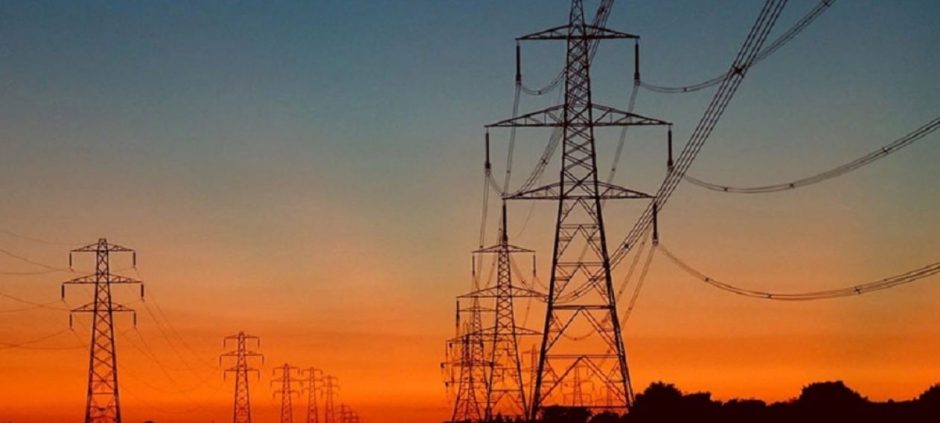Pakistan’s Power Output increased slightly by 1% year-on-year in September 2025, reaching 12,592 gigawatt-hours (GWh), according to Topline Securities, which cited data from NEPRA. However, on a monthly basis, the Power Output declined by 11% compared to August due to lower hydropower and coal-based generation caused by seasonal changes.
In the first quarter of FY26, total electricity generation stood at 40,933 GWh, showing a modest 1% rise from the same period last year. Meanwhile, the average cost of generation dropped significantly to Rs. 7.1 per unit in September, down 15% year-on-year and 8% month-on-month. For the quarter, the average cost was Rs. 7.6 per unit, reflecting a 9% annual decline.
Hydropower remained the leading energy source, contributing 4,783 GWh or 38% of the total Power Output. However, its generation fell by 13% month-on-month because of reduced river flows.
Nuclear power showed strong growth, rising 4% month-on-month and 42% year-on-year to 2,227 GWh, supported by improved plant availability. On the other hand, RLNG and coal-based generation dropped by 17% and 14% month-on-month, respectively. Wind and solar power also recorded seasonal declines of 33% and 4%.
The overall energy mix shifted slightly, with nuclear and hydropower increasing their shares, while RLNG and imported coal usage decreased.
Industry experts believe that the fall in fuel costs will provide temporary relief to consumers and industries. However, challenges such as distribution losses, capacity payments, and inefficient infrastructure continue to weigh on the power sector.
In other related news also read Govt Set to Cut Power Tariffs for Agriculture and Industry
Pakistan’s recent trends in Power Output indicate a stable but cautious outlook for the coming months. Although lower generation costs offer short-term benefits, structural issues in energy distribution and reliance on imported fuels remain key concerns for policymakers and investors alike.











